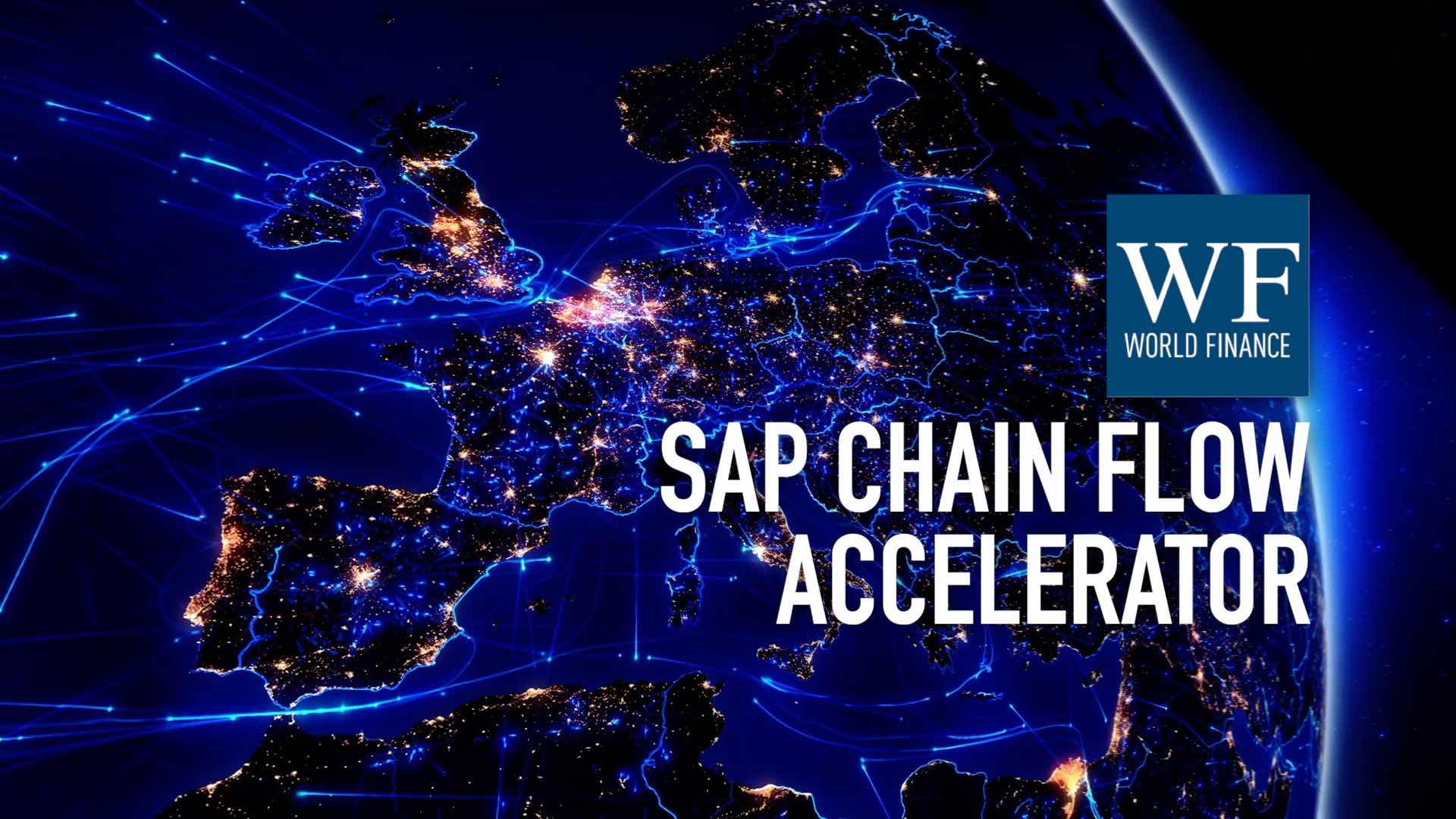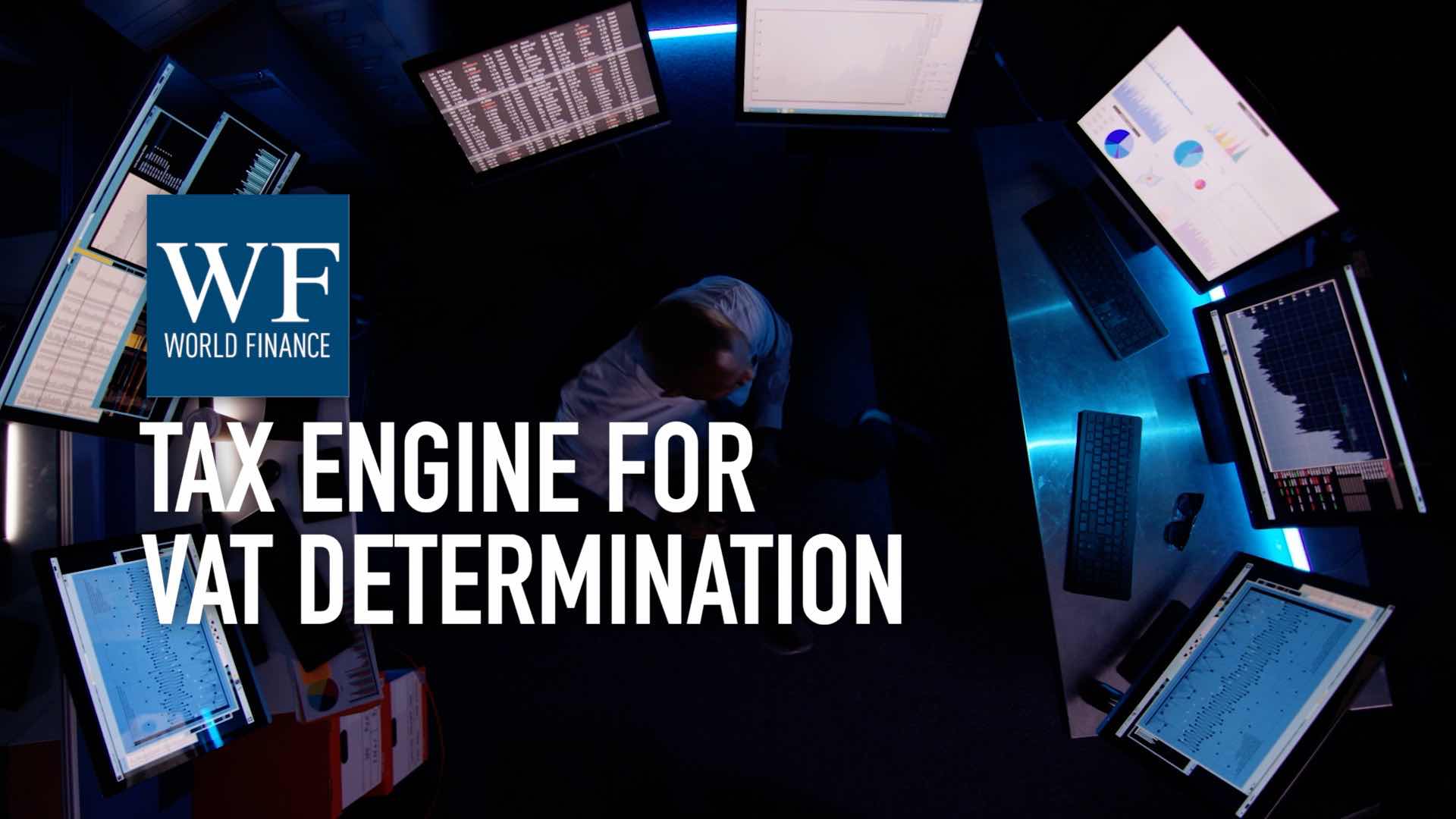Country by country reporting: future-proofing your processes
Nancy Manzano explains how to update your tax workflow for country-by-country reporting in our video series with tax automation experts Vertex
Related:
Transcript
Tax departments in multinational corporations are preparing to meet the OECD’s country-by-country reporting standards. Not only do they need to be ready for year one, but they need to future-proof their processes to be equipped for further changes. This is the second part of a three video series with Vertex: if you haven’t already, watch Bernadette Pinamont explain the challenges in country-by-country reporting, and then watch Nancy and Bernadette discuss tax reputation risk.
Nancy Manzano: Multinationals should be asking themselves a number of questions to assess their readiness for the upcoming country-by-country reporting requirements.
Where’s my data going to come from? What kind of systems does it reside in? And can those systems provide the data in the right format? For example, in legal entity format, as opposed to maybe, management reporting format.
Do they have control over the data that they’re going to be asking for? A lot of times they’re not even done in the same financial systems that maybe the corporate headquarters uses to produce the financial statements.
Next, they should be asking, well, do I need to invoke any new processes or implement any new technology to help me perform the tasks that I need to, in order to complete the country-by-country reporting?
And then, once the data is collected, all those sources are identified, can I easily reconcile that data back to other supporting documents.
World Finance: Deploying the right technology at the right points in the workflow will help tax departments be more efficient in collating, reporting, and reconciling all the information that they need.
Nancy Manzano: Multinationals are going to need to be able to address the inherent data management issues around the collection and the conversion and the aggregation of the data by country. The goal here is to create this repeatable, accurate, efficient process that they can use year after year to be able to do their country-by-country report.
The technology that they choose is going to need to be able to handle the multiple sources of data in the multiple formats that it may reside. It’s going to need to be able to identify errors – hopefully earlier in the process, as opposed to later in the process. It’s going to need to help them minimise the manual work that they have to perform on the data, because we all know that the more manual manipulation you have to do to your data, the riskier it becomes. And they’re going to need to reconcile that data back to those other financial filings: local country tax returns, worldwide consolidated financial statements, transfer pricing documentation and the like.
World Finance: And aside from adding to tax departments’ day to day, the country-by-country report presents some higher level challenges for MNCs.
Nancy Manzano: The OECD has already said they intend to revisit the data that is presented on the country-by-country form in 2020, to see if there are additional data elements that they want to add.
Some of the other challenges are around, perhaps a lack of clarity around some of the definitions. Having enough resources to do the initial implementation, and all of the research, and delving into data sources that that’s going to require. As well as doing it on an annual basis, because this is going to happen year after year. And then also dealing with all the new audit activity around transfer pricing.
On top of all that – perhaps the most concerning challenge – is that we’ve got a whole new risk being introduced to the tax department, and that is what we call tax reputation risk. Really a new concept for the tax department to manage.

 Vertex tax technology: Introducing SAP chain flow accelerator
Vertex tax technology: Introducing SAP chain flow accelerator Vertex tax technology: Why add a tax engine for VAT determination
Vertex tax technology: Why add a tax engine for VAT determination
